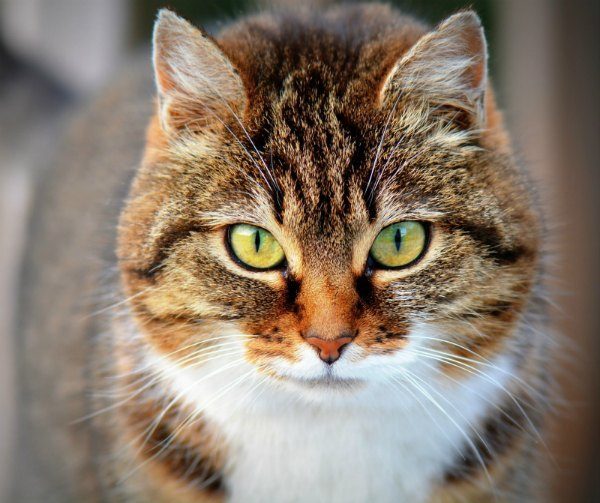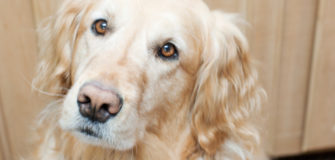‘Fat cats’, indeed…
Share

 The term, “Fat Cat” is fine to use when describing politicians or corporate heads, but not your fur-kids. We need to start looking at obesity in a new light. Obesity is still the number one health problem for cats.
The term, “Fat Cat” is fine to use when describing politicians or corporate heads, but not your fur-kids. We need to start looking at obesity in a new light. Obesity is still the number one health problem for cats.
Sadly, we’re still not doing much about it. In fact, the problem is becoming worse.
And we’re only hurting the ones we love…
“Between 30-60% of companion cats are overweight’ said Dr. Deborah Linder, head of the Tufts Obesity Clinic, Cummings School of Veterinarian Medicine.
The results are self-evident in the ongoing rise of Diabetes and ongoing problems with joint pain, orthopedic concerns, heart conditions and other troubling ailments.
[heading style=”small-line” color=”#ff9933″ style_color=”#ff9933″]What We Can Do To Help Our Overweight Cats[/heading]
First: We should be doing as the Italians and the French do and that’s eat the good stuff (just a lot less of it). More frequent (but much smaller) meals will help reduce the total caloric amount for the day. It’s important to talk to your veterinarian and discuss a plan that works for your cat. Each diet will depend on the breed of cat, size and “natural” weight of your cat, as well as age and overall health condition.
Second: While exercise on its own won’t cause you to lose weight, it will help increase your cat’s metabolism and keep her healthy. Rather than use treats as a reward, learn how you can use playtime as a reward. Some cats just get bored and a little extra stimulation goes a long way.
Third: Ditch the kibble! Wet food contains far more water and has much fewer calories as a general rule. This makes it better for a cat’s digestive system and much better for increasing water intake. Most cats stay away from water and have to be coaxed into taking a drink of the life-stuff.
Fourth? Learn to read pet food labels (The PetsWeekly Pocket Guide to Pet Food Labels will go a long way towards helping you do this). Here’s why it’s so important to understand the way labels are prepared and created:
According to Tufts University Catnip newsletter, some of those 50+ cat foods which trumpet weight loss, reduced calorie or weight management on the label don’t mean a thing. Manufacturers can pack in as many calories as they want. In fact, “some so-called weight management foods actually contain more calories than non-diet foods…and most pet foods don’t have to be labeled with calorie counts,” says the Tufts report.
Manufacturers also list calories by weight or volume. Not by servings. Who measures out exact servings? Per Serving is not the same as the usual “per pound”.
For that reason, changing to a ‘diet’ food could actually be making your cats even heavier.
Linder’s study showed that some ‘diet’ foods are even more fattening. “In looking at 49 diets for cats that had weight management claims,” she found they differed in calories by more than two-fold: “Four in 10 of the foods had more calories than allowed in ‘light’ cat food by the Association of American Feed Control Officials.”
You can’t rely on supposed ‘recommendations’ on labels, either—they’re ‘all over the place’.
Infuriating.
Instead, consider common sense, and a careful eye, and a chat with the vet. You truly could save your cat’s life.
[load_module id=”582″]









